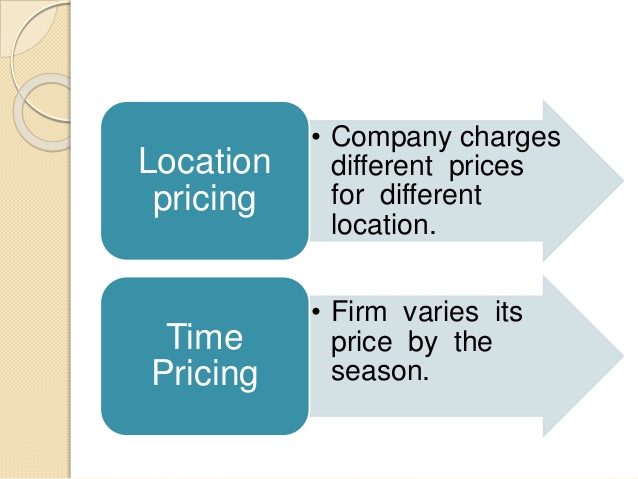Retailers who buy goods wholesale and resell them in stores often keystone, or double, the cost of goods sold, as a rule of thumb for estimating what price to charge. If you buy cell phones for $22 each from a wholesaler, for example, selling them at $44 each in your store will probably cover your costs and provide you with an acceptable profit.

Keystoning is a good way to estimate a price, but should not be the only method. If you are selling hacky sack balls that cost $4, consider selling them for $8. When pricing, however, the entrepreneur must always be sensitive to the market and to what competitors are charging. Perhaps you could sell the hacky sack balls for $9 and make a larger profit, or maybe the market will not support $8, and you have to decide whether to sell for less. As a retailer, you should not rely solely upon keystoning because it could result in either under pricing and leaving profits behind or overpricing and losing business.
As part of a retail strategy, building sale prices, promotions, and other discounts into the pricing strategy and structure is critical to business success. Whatever pricing approach you take, it will have to be synergistic with the overall strategy of the firm. If you want to be the best fine-dining establishment in your metro area, the pricing has to match the service, décor, location, menu, and total dining experience. At the same time, you will have to be careful not to price yourself out of the market by charging so much that you do not have sufficient sales for business to continue.
When creating a retail business concept, consider which pricing strategy best suits your business model. You may be able to support prestige or personalized pricing. You may want to use penetration or skimming pricing. Or, you might employ price lining, to reach multiple price points and targets simultaneously. The LSBF is your one-stop destination to know more about marketing







